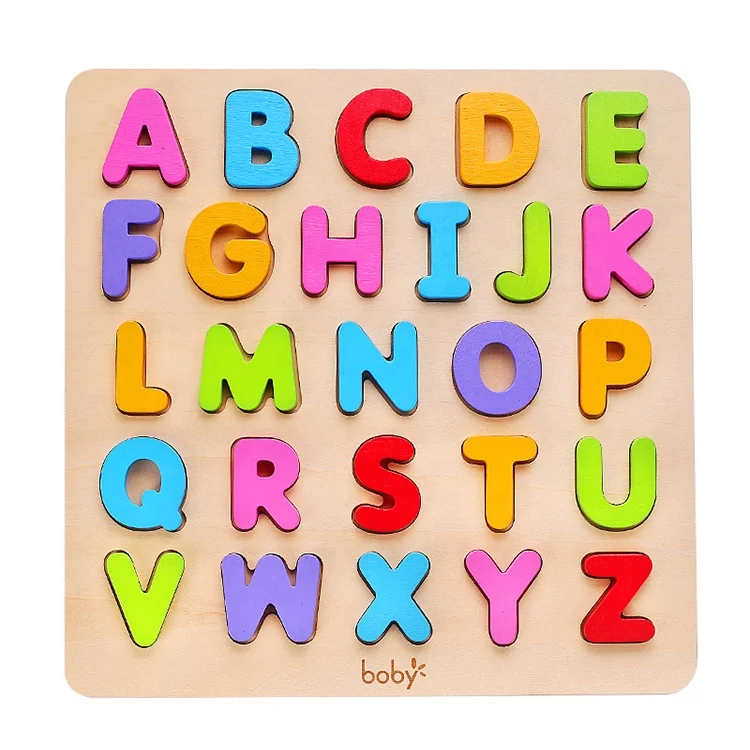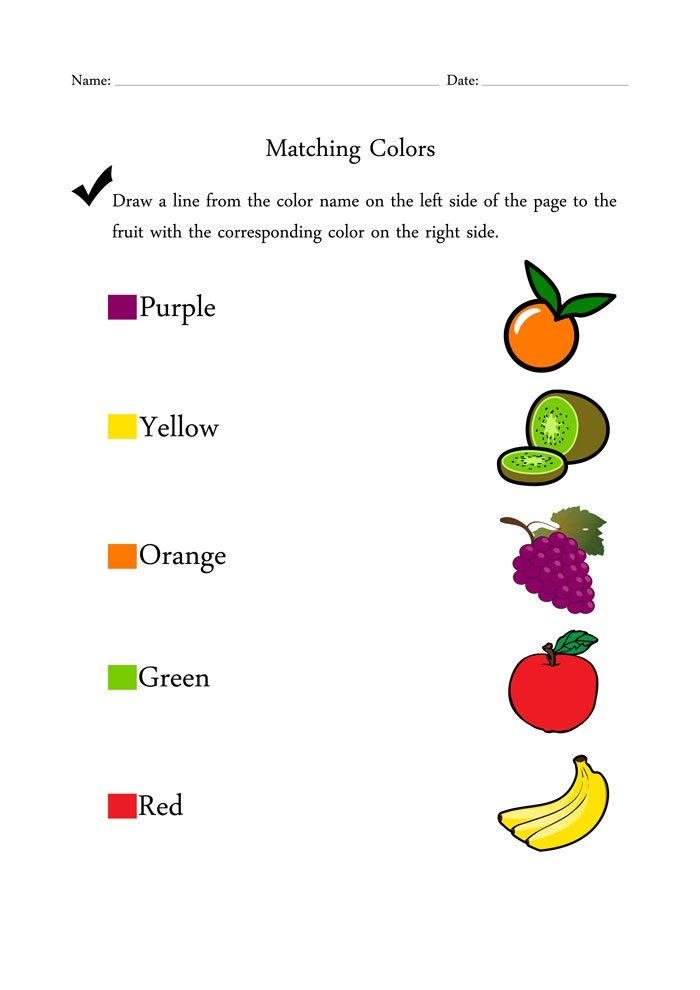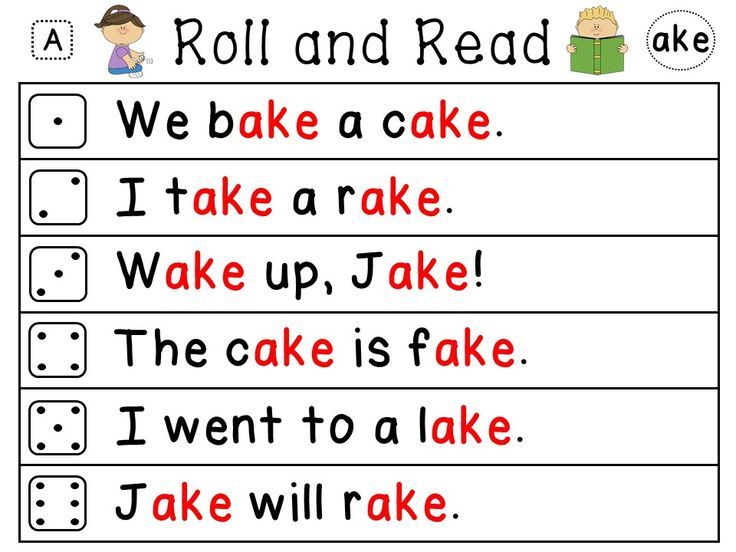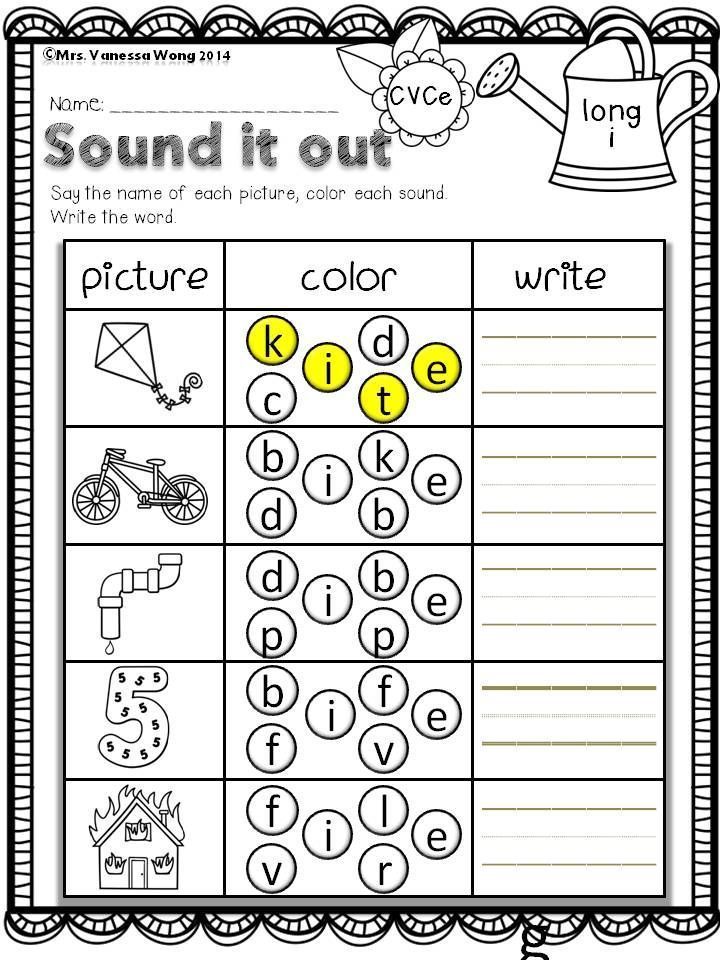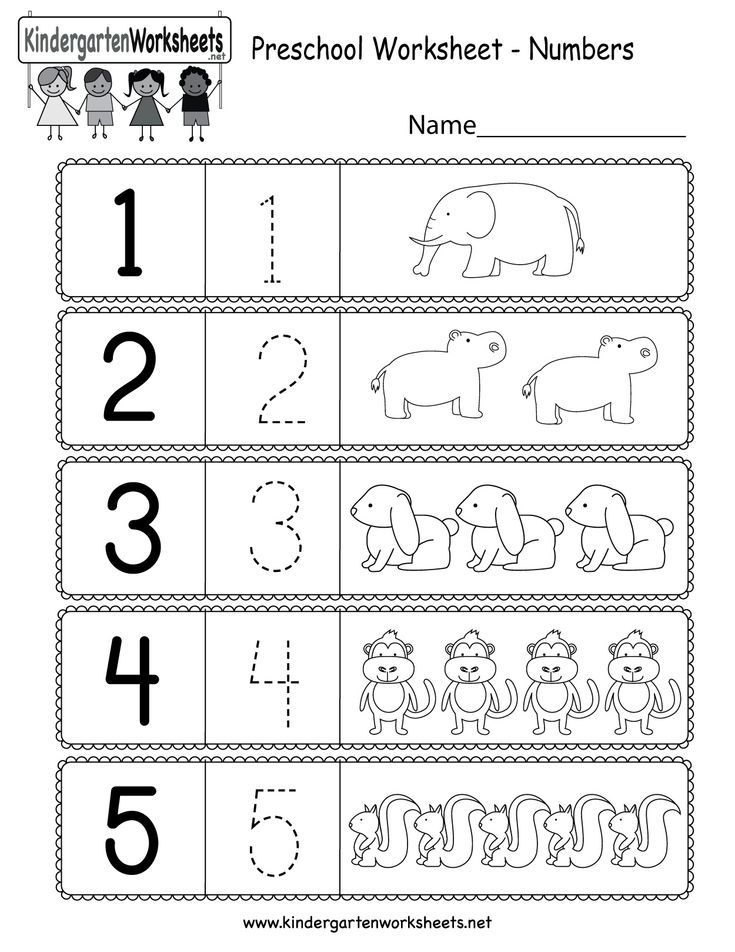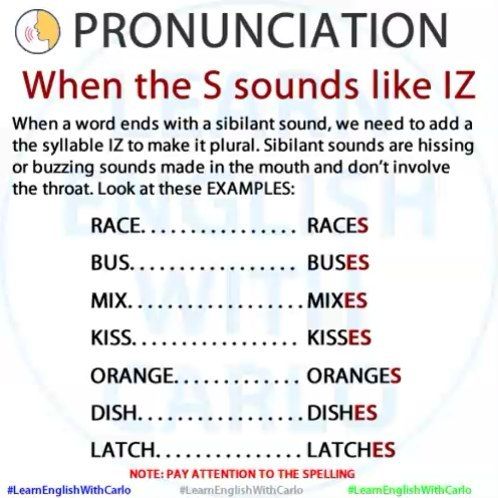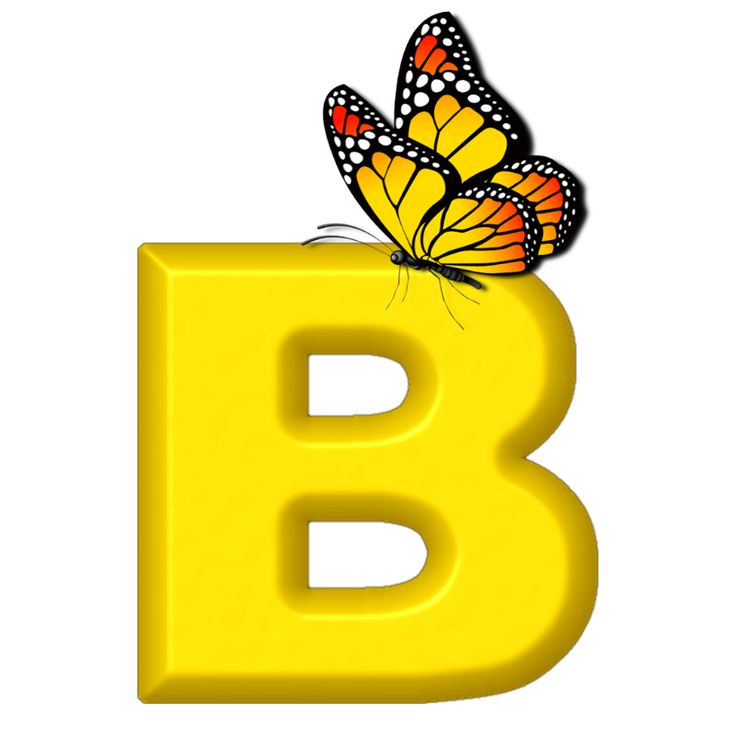Helping preschoolers cope with emotions
Helping Preschoolers Cope With Emotions
By ELCA Centers
Preschoolers may look older than toddlers, but don’t be fooled by their expansive vocabulary and growing independence—they can still feel overwhelmed by strong emotions. Children’s brains grow rapidly and can’t always keep pace, so it’s important that you help your preschooler develop healthy ways to cope with their emotions when they seem overwhelming. In this blog, we’ve outlined a few ways to help your child calm the inner storm when emotional waters rise.
Name, Claim, & Tame Emotions
Kids experience their emotions physically, like an upset stomach, a pouty lip, or uncontrollable tears. When your child is experiencing emotions they cannot name, they have difficulty:
- Understanding why they feel the way they do
- Understanding what they’re feeling
- Deciding how to respond
When children can’t name their emotions, they can’t understand or manage them. Naming emotions goes a long way toward emotional regulation and management. Next time your child is upset, try naming the emotion they’re feeling. If they’re upset about something tangible like not being able to get ice cream say, “I’m sorry we couldn’t get ice cream. I understand how frustrating it feels not to get to do something you really want to do.” If it’s something you did, say something like, “The way that I responded to you must have made you sad. I’m sorry.”
Lead by Example
How you respond to strong emotions sends a message to your child and teaches them how to respond to negative emotions in the future. We teach children through our behaviors, actions, and responses. If your child’s coach upset you, your child will pick up on how you yelled discrepancies at their coach. If you respond to their coach in a calm tone–your child will pick up on that, too. How you handle situations now will set up a blueprint for your child in the future. If you mess up, don’t worry; use your experience as a lesson in emotional management.
Read Books About Feelings
Books are a great way to teach children concepts in ways that aren’t intimidating or hard to understand. Countless children’s books help preschoolers learn how to identify their emotions and cope in healthy ways. Try finding books on grief, anger, sadness, happiness, and fear that show emotions through a main character’s perspective.
Stay Calm & Support Your Child
We’ve all witnessed or have been that parent who is getting into a full-on argument with their three-year-old about putting a sweater on. And, while it’s frustrating, no matter the scenario, you should never react to a negative situation by losing your temper. Be aware of what triggers you to react and be sure to separate the feelings these events stir up from your child’s experience. In these situations, it’s always best to stay calm and support your child.
The last thing you want to do is react the same way they do–furthering their desire to overreact.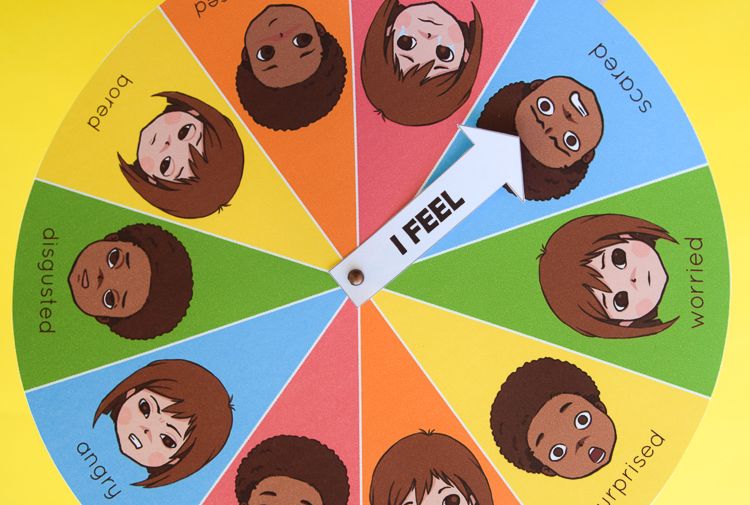
Preschool is hard, especially when your child is used to spending every waking moment with you. Instead of feeding into your preschooler’s negative behaviors, use these tips to help them cope with their emotions–before the flood gates open.
How You Can Help Toddlers and Preschoolers Control Their Emotions
Skip to contentPrevious Next
- View Larger Image
Just like walking and talking, emotional control is not an ability that children are born with, but must learn. Your child’s ability to control his emotions is influenced by three factors:
- Temperament: your child’s personality, disposition, nature
- Developmental status: your child’s age and maturity
- Socialization: your child’s relationships, experiences and setting
You cannot change the first two, temperament and developmental status, but you can have a major impact on your child’s ability to control his/her emotions through the relationships, experiences and setting you provide for your child.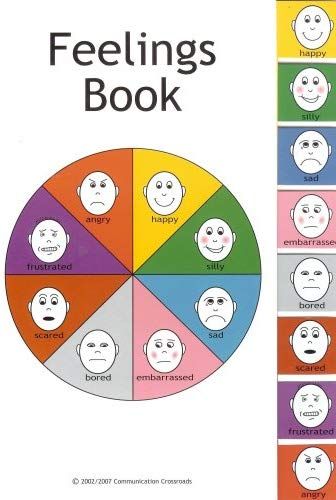
Here are some ways to help your child learn to control her emotions:
- Provide as much stability and consistency as possible.
Consistent limit and boundary-setting, clear rules and regular routines help your child know what to expect, which in turn, helps him feel more secure. This security will help him develop the emotional skills to deal with the less predictable world outside the home. - Accept your child’s emotions and emotional responses.
It’s important to remember that your child’s emotional outbursts, meltdowns and general behavior are not a deliberate attempt to make your life difficult. Your ability to pay attention to and understand your child’s emotions will help her develop the skills to tolerate increasing amounts of emotional tension. - Talk about your own feelings.
When you talk about your feelings, you’re modeling the use of the “language of feelings.” This will help your child use his words instead of his behavior to express himself.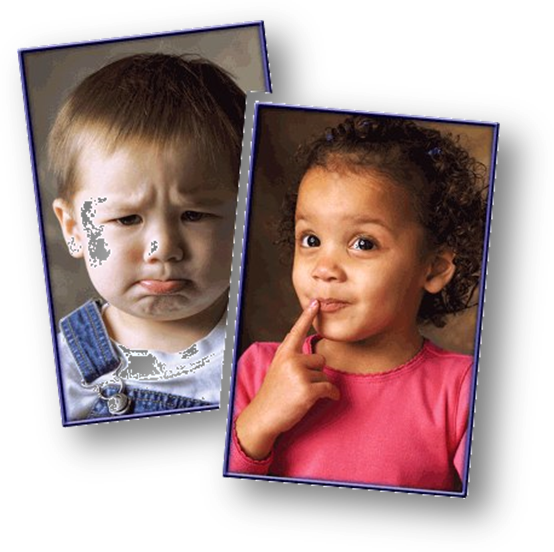
- Encourage your child to talk about his feelings.
Remember that you are teaching your child to control her behavior, not her feelings. Avoid directives such as “Don’t be sad” and instead use statements like “I see you are sad. Can you tell me what happened?” - Model emotional regulation.
How do you handle your emotions? Do you fly off the handle easily or withdraw? As your child learns to navigate his emotions, he will likely imitate your behavior. You can help your child by verbalizing your feelings and sharing your strategies for dealing with your feelings. Modeling the behavior you’d like from your child gives him a way to see how to do it. It’s also important to stay calm as your child’s emotions escalate. - Teach your child positive self-talk about the event.
Teach your child a few simple phrases to remember, say to themselves or even say quietly out loud that calms her, helps her control herself, and puts the situation in perspective.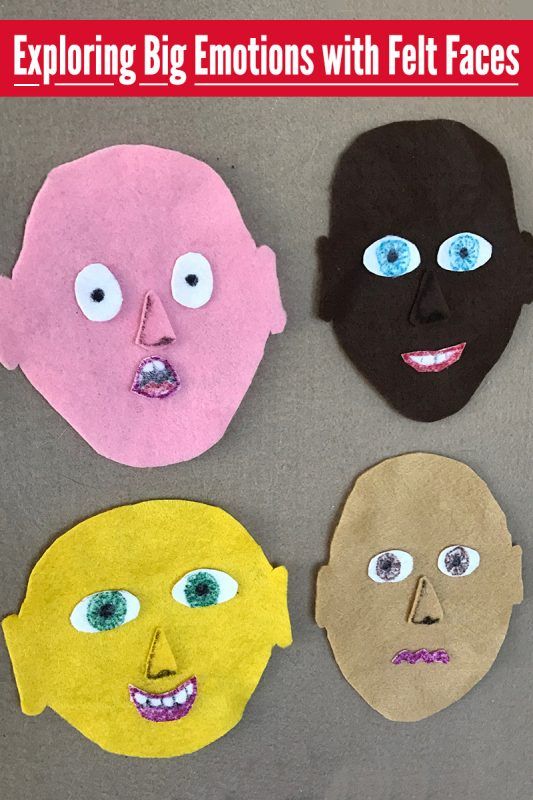 Examples include, “I can calm down,” “Everyone makes mistakes. I’ll do better next time,” “I’ll feel happier in a little while,” etc.
Examples include, “I can calm down,” “Everyone makes mistakes. I’ll do better next time,” “I’ll feel happier in a little while,” etc. - Identify typical situations which cause emotional outbursts and use them as springboards to teach problem solving.
With your child, define what the problem is and how he is feeling in the situation. Brainstorm and evaluate possible solutions. Implement the solutions and determine how well it worked. - Help your child be aware of the stages in the build-up of tension.
Watch for the early warning signs of an emotional outburst (grouchiness, sulking, etc) and intervene by encouraging your child to express her feelings. Your understanding and concern at this stage can go a long way in reducing the escalation of tension. The other time to intervene is after the incident is over. You can lead your child through problem solving by discussing the event, why it happened, how you each felt about the incident, the causes and early warning signals and alternative ways to solve the problem in the future.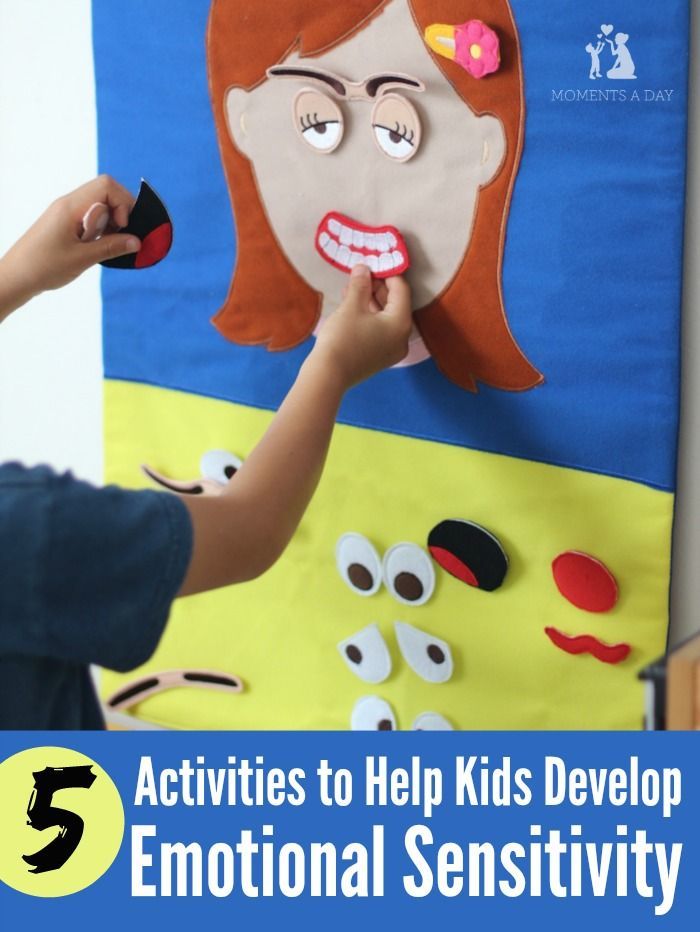
- Use time out for inappropriate emotional angry outbursts.
Research has shown Time Out to be effective. Children want attention, even negative attention, so yelling at a child will reinforce bad behavior. Explain to your child what will result in a Time Out and what the process is. When putting your child in Time Out, it is important to do so matter-of-factly, without sympathy or anger. - Teach your child appropriate ways to express negative feelings.
Teach your child that all emotions and feelings are okay, but there are different ways to express different feelings. Children should be taught to express their negative feelings in a way that is assertive but not hostile and that there is a difference between sticking up for themselves and intentionally hurting someone else. - Praise your child’s effort to control his emotions.
Be sure to praise your child for handling his emotions without losing control of his behavior.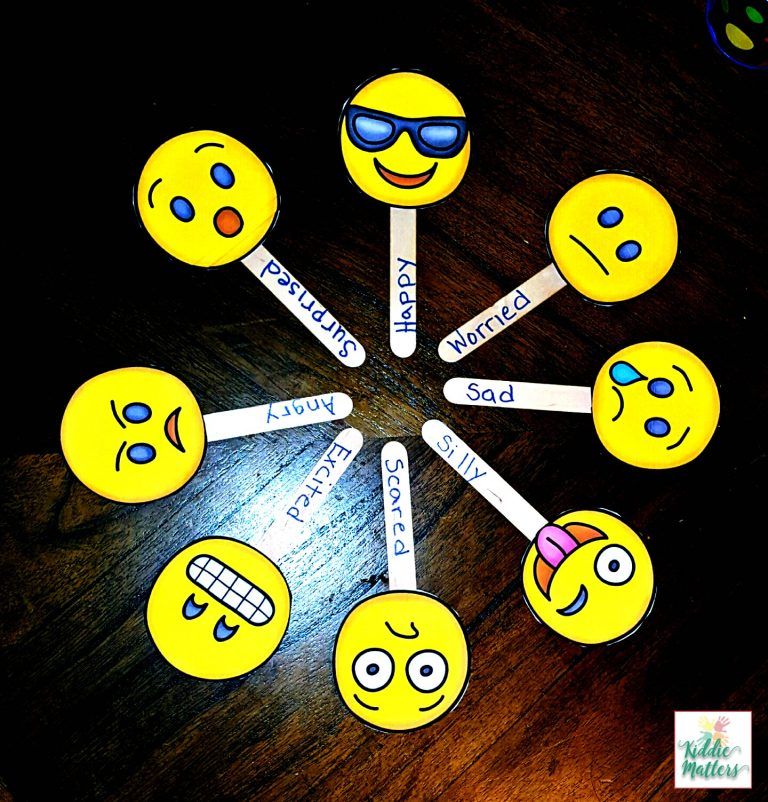 Praising your child will help him change his self-image to someone who is able to handle his emotions.
Praising your child will help him change his self-image to someone who is able to handle his emotions.
Source: Helping Children Learn to Regulate Their Emotions, Carolyn Webster-Stratton, PhD, University of Washington
Search for:
Categories
- All Articles (346)
- Baby (108)
- Elementary School-Age (187)
- Pregnancy (26)
- Recipes (4)
- Teens & Tweens (69)
- Toddler & Preschool (235)
- Español (177)
- Actividades y Recetas (8)
- Artículos para padres (171)
Go to Top
"Pull yourself together!": how to teach a child to cope with emotions
From the point of view of biology, every living organism is able to respond to stimuli. For the human body, this reaction will be emotions. Every day we all experience a very different range of emotions, some of them we express with words or actions, and some we hold back, because the traditions of our society prescribe so. Child psychologist Pavel Taruntaev shares recommendations on how to teach a child to control himself and reasonably show his feelings.
Child psychologist Pavel Taruntaev shares recommendations on how to teach a child to control himself and reasonably show his feelings.
Pavel Taruntaev, child psychologist of the network of private kindergartens "Interesting Kindergarten"
How to develop self-control
By the age of 5-6, the child is already beginning to form the rudiments of the ability to self-control, and this is the basis for the ability to manage oneself and one's emotions. Developing it is relatively easy: there are games for that. You can use board games with rules. If the child does not obey them, then he will not be able to win or even be excluded from the game.
Role-playing games are also great. When a child does what is prescribed by the game, for example, pretends to be a sentry who should not move, he experiences ambivalent feelings. On the one hand, he wants to have fun, but he must stand silently; on the other hand, he copes with his role, and this brings a feeling of deep satisfaction. So, while playing, the child learns self-control.
So, while playing, the child learns self-control.
There are also special games that form the arbitrariness of children, for example "Traffic Light": the host has three colored tablets. When he shows green, you can jump and shout, yellow - you need to turn into a mouse, red - freeze. If today's children had more role-playing games, they would have fewer problems with self-control.
How to teach a child to control himself
Not always a violent expression of feelings by a child is a problem that needs an urgent solution, it all depends on temperament. Some children are emotional by nature, and it is difficult to do something about it, and it is not always necessary: this is their nervous system, and this is not a pathology. The question is to help them manage themselves better and avoid serious consequences. The cause for anxiety is prolonged or too bright negative states (tantrums, fears, sudden mood swings) at any age.
Emotions need to be accepted…
Treat your child's feelings with understanding and don't discount them. Let him not hear such phrases from you: "There is nothing to be afraid of", "Boys do not cry", "This is nonsense, calm down." With these statements, we seem to take away from the child the right to experience emotions. And if they are suppressed, then emotions become uncontrollable, cause shame and lead to an extra load on the nervous system.
Let him not hear such phrases from you: "There is nothing to be afraid of", "Boys do not cry", "This is nonsense, calm down." With these statements, we seem to take away from the child the right to experience emotions. And if they are suppressed, then emotions become uncontrollable, cause shame and lead to an extra load on the nervous system.
It is very important to tell the child that he has the right to experience all kinds of emotions. In no case should you call any feelings unacceptable: “You can’t be angry”, “Is it possible to worry like that?” Rather, it may be unacceptable to demonstrate some feelings in certain circumstances. For example, when a mother did not buy a toy that a child wanted, he can get angry with her - this is natural for him. But he has no right to hit her for this.
… distinguish and express verbally…
Help your child express his feelings verbally. Analyze them together: “You are angry, you are offended because ...” It is important that the baby is aware of what is happening to him, why he experiences any emotions. When a feeling is somehow characterized aloud, it is already partly controlled. If you do not pay attention to this, the child will feel like in a raging sea, not knowing where to move and what to do.
When a feeling is somehow characterized aloud, it is already partly controlled. If you do not pay attention to this, the child will feel like in a raging sea, not knowing where to move and what to do.
Let children express their emotions, rejoice and be sad without parental remarks. You can even equip some kind of corner where the child can express his anger or violent joy, jump and run, tear paper, and so on. In my opinion, it is easiest and most effective to give children some kind of physical activity, to play with them on the street, so that the storm of emotions that they are going through is painless for both them and those around them.
For many children, computer shooting games become an outlet and an opportunity to blunt aggression. I would not recommend using them as a way to throw out emotions when we are talking about children 5-6 years old (and even 14): they are not yet able to fully understand the difference between the game and reality, and aggression is not being worked out, but intensified.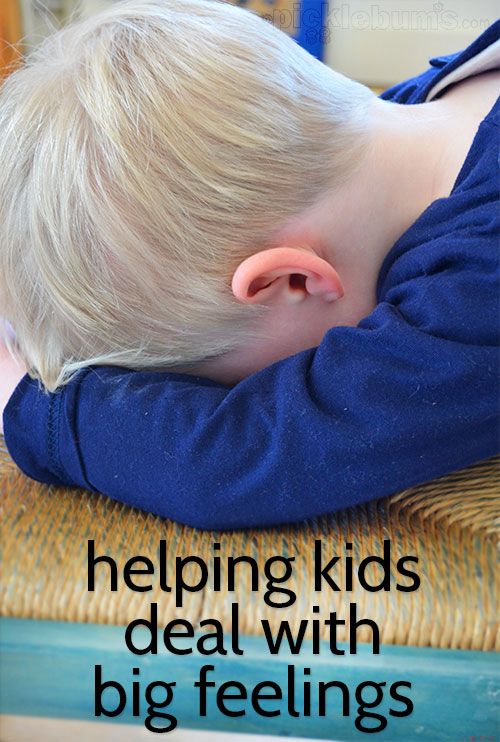
… analyze
Is the child sad? Don't tell him, "Don't be sad," because he's already sad. It is best to distract him, play with him and be sure to say that the feeling he is experiencing will pass with time. On the one hand, we show the child that we not only experience emotions: we can and should talk about them. On the other hand, we give him important advice: you need to be able to switch, and not get hung up and torment yourself. Also, take active steps to change the situation.
How a child can help himself
From the age of 5-6, you can teach your child certain relaxation techniques that will allow him to control himself in moments of strong feelings and not give in to emotions. It can be breathing exercises, self-massage, and even a game of imagination. For example, if a child is very nervous before a public performance, he can imagine himself as a king, and the audience as subjects, and this will help him calm down a little.
Each emotional state must be acknowledged, its causes must be recognized, and then one must try to cope with it and draw some conclusions from it.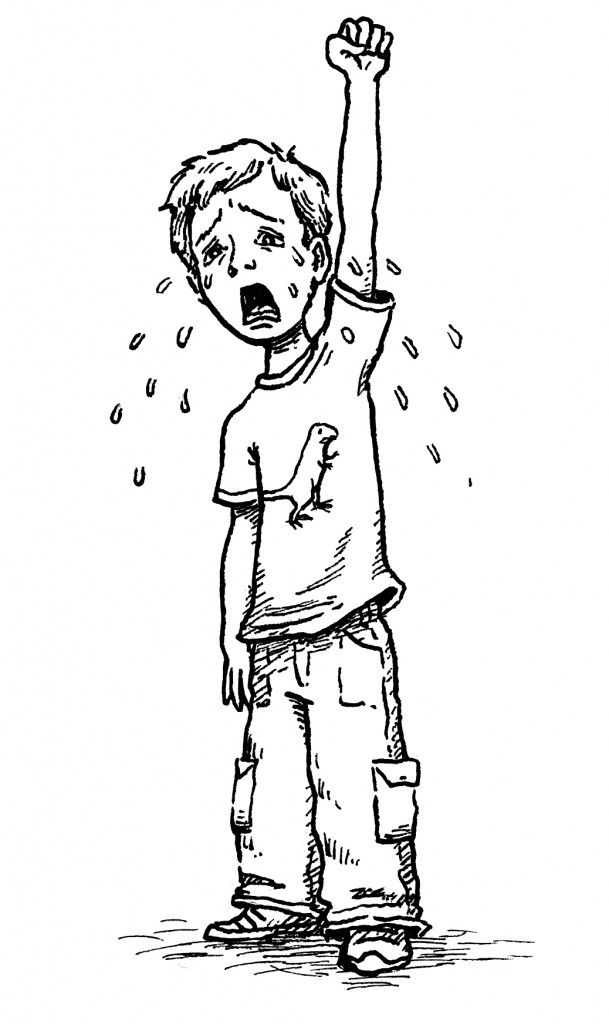
How culture influences the ways in which emotions are expressed
Should positive and negative emotions be handled differently? This is more of a cultural issue, and in our society, more attention is paid to negative manifestations. In my practice, I have not met children whose parents would describe the problem as follows: "He is too violently happy."
But sometimes this can be a problem. For example, if a student is very happy about something right in the lesson, he is unlikely to be able to jump and dance in the class - this is not accepted. Here, the methods of self-soothing, which I have already mentioned, will come to his aid: count to yourself to ten, hold your breath. In some cases, it is important to be able to contain an emotion, that is, splash it out not immediately, but later, when time passes, and find a way to express it.
Boys are required to control themselves more and express less feelings, and any. These are cultural traditions, and it is rather difficult to do something about it.
If a fifth grader cries in front of his peers, this will most likely be perceived as a weakness, an occasion for jokes, and will significantly lower his status. But it is also impossible to suppress strong sadness and anger: this leads to emotional problems and more serious consequences, up to mental disorders. The boy must know: he has the right to experience any feelings and the opportunity to express them - somewhere in a safe place, for example, at home, next to friendly parents who will always listen to him.
Sensitivity to one's own emotions and the ability to manage them are very important qualities that do not arise by themselves. Help your child listen to themselves and own their emotions.
See also:
Sensory perception and emotional intelligence: we know, develop, relax
"Refer to the goal": how to work with negative emotions?
How to learn to control your emotions: 7 tips from a psychologist
Photo: Dean Drobot/Yuganov Konstantin/George Rudy/Shutterstock.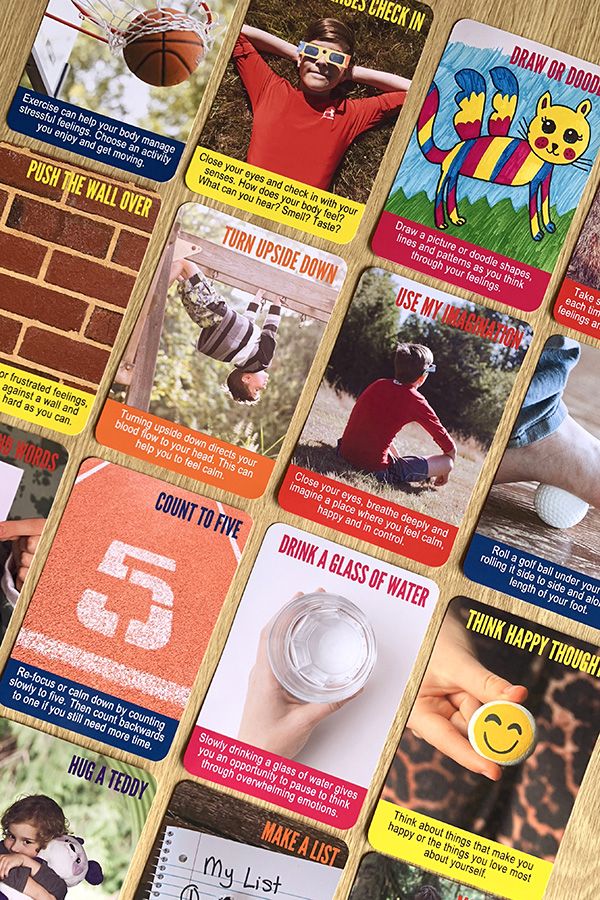 com
com
childreneducationdevelopmentpsychological advice
children's center and
youth
Development
Phones
+7(495)135-15-45+7(901)388-61-35
Author: Anastasia Kazlovskaya
Contents:
- What are emotions, what are they?
- Child and emotions - what to do, how to help? 7 tips for parents
- Useful games - learning to cope with emotions
- Useful Books about emotions
- Emotion management courses
- Psychologist's advice - how to help a child cope with emotions.
Being a parent and explaining everything to a child is not easy. There is much to be taught to the child, to guide him correctly so that he can find his own path in life.
The modern world requires a child to develop many skills from childhood.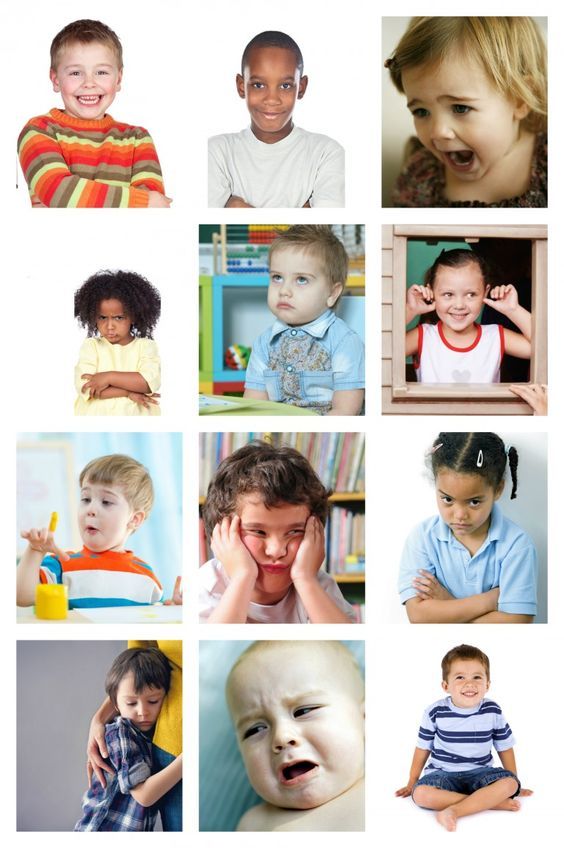 One of them is the understanding of emotions.
One of them is the understanding of emotions.
The list of competencies necessary for a person is constantly changing, but emotional intelligence invariably occupies a leading position. And undoubtedly, this skill should be developed in a child from childhood.
In this article we will analyze what emotions are, how to help a child learn to control them and whether it is necessary to do it.
What are emotions, what are they?
Emotions are a person's response to events that occur around or their own inner experiences.
They are an integral, very important part of life, they help build relationships with the world around, are responsible for security, and not only
There are a lot of shades, but basic emotions are conditionally divided into three categories:
- Positively colored (positive): joy , admiration, anticipation, etc.;
- Negatively colored (negative): sadness, anger, suffering, fear, shame, etc.;
- Neutral: surprise, curiosity, indifference, etc.
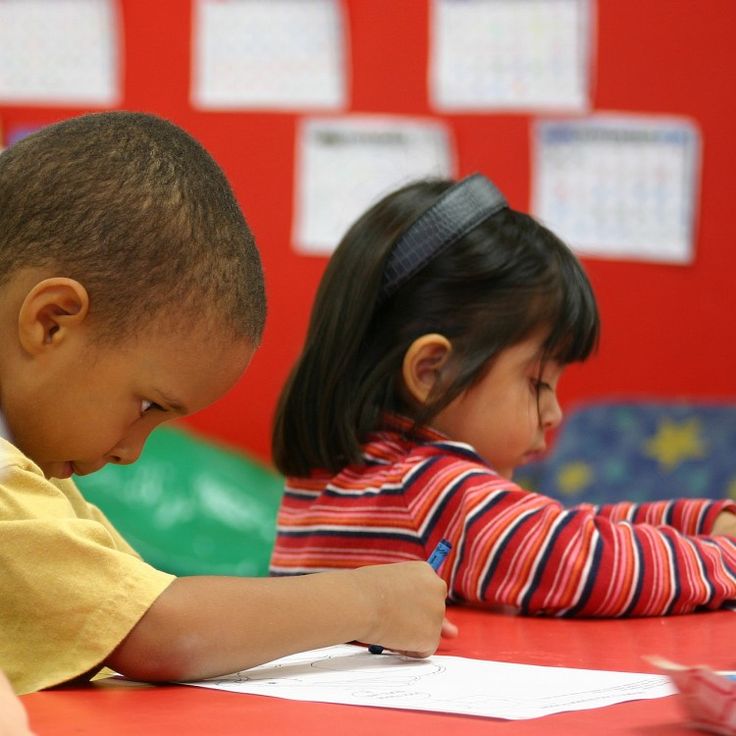
We are talking about positive or negative coloring. There are no bad emotions.
Each of them is necessary for a person, performs an important function and provides contact with the outside world.
Joy - helps to express one's excellent mood, to share it with the world.
Sadness - makes it possible to stop and think, pause, comprehend what is happening
Fear - provides security, does not allow us to walk on the edge of the roof and do other rash acts
Rage and anger - help maintain our boundaries and defend them
These are just a small number of emotions, in fact there are many more of them and they our world is so interesting, colorful and diverse!
Child and emotions - 7 tips for parents
- Remember - there are no bad emotions
Don't let your child have feelings. "Don't be angry!", "Don't be afraid!" - messages that parents should exclude when raising a child. - Help to understand and name your emotions the right names
At the moment when a certain action occurs, followed by an emotion, it is better to pause and discuss with the child what is happening now, what he feels.
A simple "childish" example is someone on the street taking your toddler's toy without permission. The child sees this and expresses his reaction - he tries to take it away, cries, screams. Help the baby find and name the feeling he is experiencing - ask: “Are you angry now? What do you want to do?
It's the same with resentment against friends, poor grades in school, and failures in older children - teach them to pause and understand what has just happened.
The first step in the ability to manage emotions is to learn to call them by their proper names. - Learn to respond correctly
Discuss how to deal with the situation. Every emotion must find an outlet. But, of course, there are socially unacceptable options. Try to talk in such a way that the child can choose a form of reaction with which he will express his feelings, and at the same time do not harm himself or others. - Spare no time for communication
Time spent together is priceless. You will learn a lot about your child, you will be able to reflect on what we feel, what emotions we experience and why. Thanks to such conversations, the child will learn to understand his emotions and what is happening to him, even when you are not around. Developing the ability to understand emotions is a process that takes time
You will learn a lot about your child, you will be able to reflect on what we feel, what emotions we experience and why. Thanks to such conversations, the child will learn to understand his emotions and what is happening to him, even when you are not around. Developing the ability to understand emotions is a process that takes time - Embrace and pity
Tactile contact is important - it can be used to calm, distract and support your child. - Start with yourself
Talk about your emotions and what caused them. Moreover, not only in situations that directly relate to your child and relationships with him, talk about your life in general - work, friends.
Why didn’t you come on time!!” "I'm mad at you now because you didn't get home on time. I was worried and I was very scared for you!” Again 2!!! When will you start learning? I'm sad that you have bad grades. 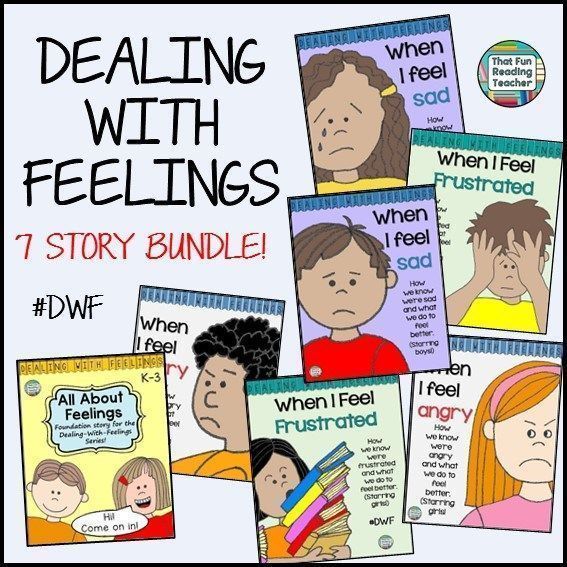 I am afraid that it will be difficult for you to study if you do not understand the topic.
I am afraid that it will be difficult for you to study if you do not understand the topic. Leave me alone, I don't want to talk now I'm upset about the situation at work, so I don't feel like talking right now
Games with emotions are interesting
Come up with new games with your child, try old ones - this is a great way to deal with emotions, learn to call them by their proper names.
- There is a wonderful book to read with a child called Pollyanna by Eleanor Porter. This is a book about a girl and her game - to find the good side of what is happening everywhere. This story is a clear example of the ability to find positive aspects in what is happening around and evoke positive emotions in oneself. Try to play this game with your child.
- Here's another interesting option - come up with or take any character and turn it into an "emotional know-it-all". Agree with the child that he can address his character with his questions - and the answer will not be long in coming.
 Of course, you understand, the child will answer all the questions himself, but sometimes it’s easier to talk about your condition through the 3rd person: the bunny says that I am very divided!
Of course, you understand, the child will answer all the questions himself, but sometimes it’s easier to talk about your condition through the 3rd person: the bunny says that I am very divided! - Very simple and well-known, but very useful game - "Emotional crocodile" It is a pleasure to play it with a child. The rules are as follows: the first participant thinks of an emotion and depicts it without the help of sounds and words, that is, only with facial expressions and gestures. The rest are guessing. Try it - it's fun and very useful!
Books about emotions
It is books that can help us understand ourselves, enjoy the time,
And the literature related to our topic will help the child to manage emotions.
Book reviewer Evgenia Shaffert offers her selection of good books for this important goal - developing in a child the ability to understand their emotions. Reading them with parents, the child will be closer to the world of emotions.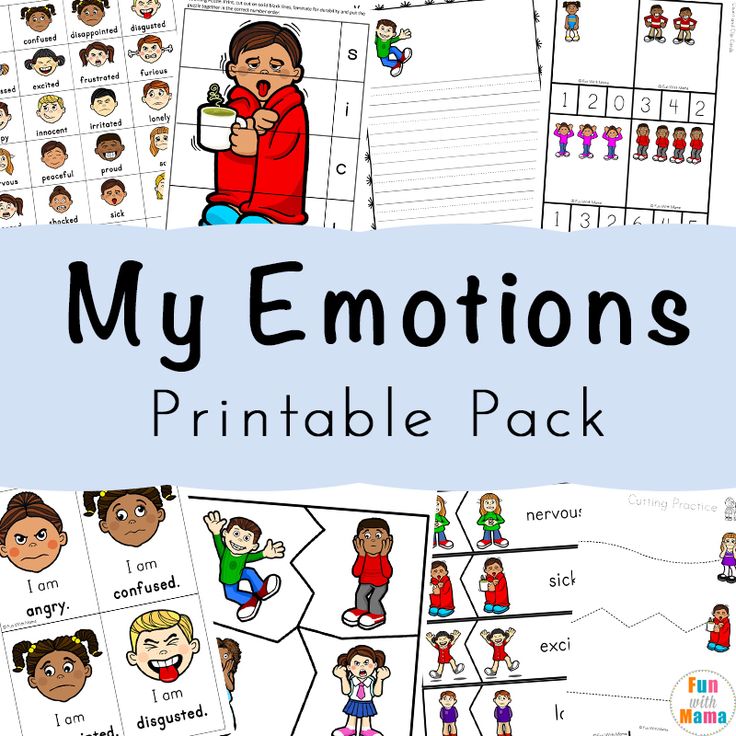
"How to overcome fears"
I. Chesnova, "AST"
Fear often prevents children from living in peace: some are afraid of monsters under the bed, others are afraid to perform at the blackboard. Psychologist Irina Chesnova created a book for children aged 6-10 on how to cope with fears. By reading the book, you and your child will learn about what fears are for and what they are - from the fear of monsters and ghosts to the fear of the test - and gives advice on how to get out of this situation. For example, the author recommends drawing fears and tells what to do with these drawings, introduces readers to thematic fairy tales, and tells how to be less afraid.
Be an introvert. The story of a quiet girl in a noisy world.
Debbie Tang, "Mann, Ivanov and Feber"
This is a comic about the emotional state of an introvert created by British artist Debbie Tang. This book includes dozens of small stories where the heroine is a child who loves loneliness and quiet leisure, trying to adapt to a noisy world.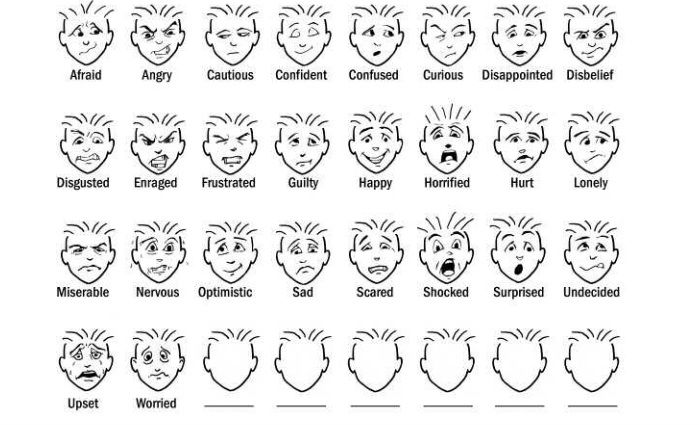 Some here will recognize themselves and understand that it is not necessary to try to overcome their own natural isolation with striving to become the soul of the company. For extroverts, this book will provide an opportunity to understand other people who may have seemed strange and not very polite to them.
Some here will recognize themselves and understand that it is not necessary to try to overcome their own natural isolation with striving to become the soul of the company. For extroverts, this book will provide an opportunity to understand other people who may have seemed strange and not very polite to them.
My Emotions Agnes Besson, Clever Media Group
This book will teach you how to talk about a variety of feelings. Twelve spreads of the book - twelve different emotions. On the left is an emotional state (pleasure, sadness, resentment, etc.), and on the right are four plot pictures, the characters of which experience the same feeling. So, on the spread dedicated to "interest", the boy is watching the ants, the girl is waiting for who will hatch from the egg. And in the fourth picture - the task: to determine how the characters feel. And in the end, of course, it is worth talking with the child in the read and summing it up.
You are your brain
Dick Swaab, Jan Paul Schütten, Ivan Limbach ID
This is a book about the features of the brain, which is described in the form of correspondence between two teenagers and a scientist.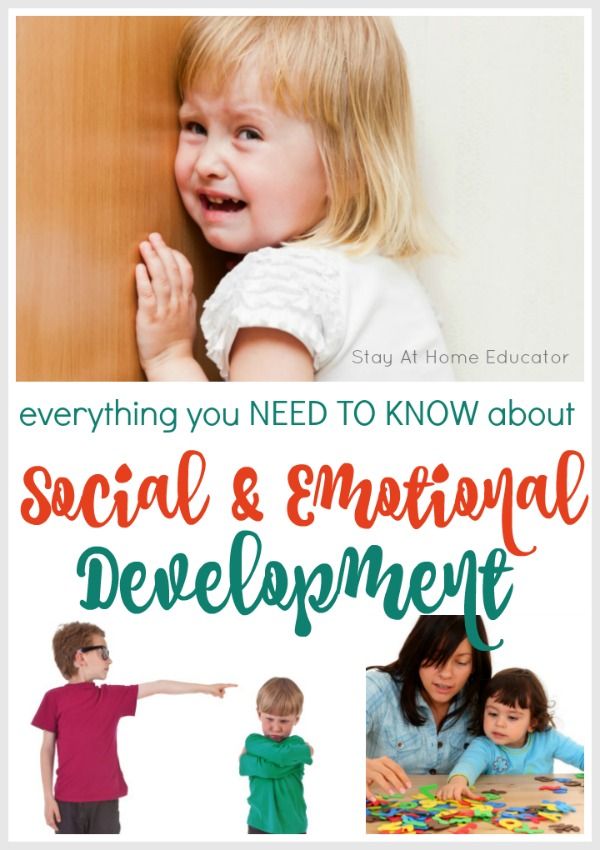 They discuss many things - the paradoxes of the memory structure, the peculiarities of the brain of an infant and a teenager, and even a delinquent. Even talking about the role of hormones in behavior. The scientist explains what happens to the brain of a smoker or drug addict, talks about modern scientific theories about the differences between the female and male brain. And of course, the scientist talks about complex things cheerfully and with humor - The book is addressed to readers aged 12 and older. Reading it with a child is a pleasure.
They discuss many things - the paradoxes of the memory structure, the peculiarities of the brain of an infant and a teenager, and even a delinquent. Even talking about the role of hormones in behavior. The scientist explains what happens to the brain of a smoker or drug addict, talks about modern scientific theories about the differences between the female and male brain. And of course, the scientist talks about complex things cheerfully and with humor - The book is addressed to readers aged 12 and older. Reading it with a child is a pleasure.
“What to do if you don't feel like doing it” Alexandra Makeeva, Vitaly Sonkin, Klever-Media-Group
Every teenager has encountered situations in which they don't want to do anything. The book talks about various situations that are unpleasant for the child and suggests how to find the best way out. Their main recipe is to find a reasonable compromise. They explain what this behavior strategy is, when it can be used, and how it helps to maintain good relationships.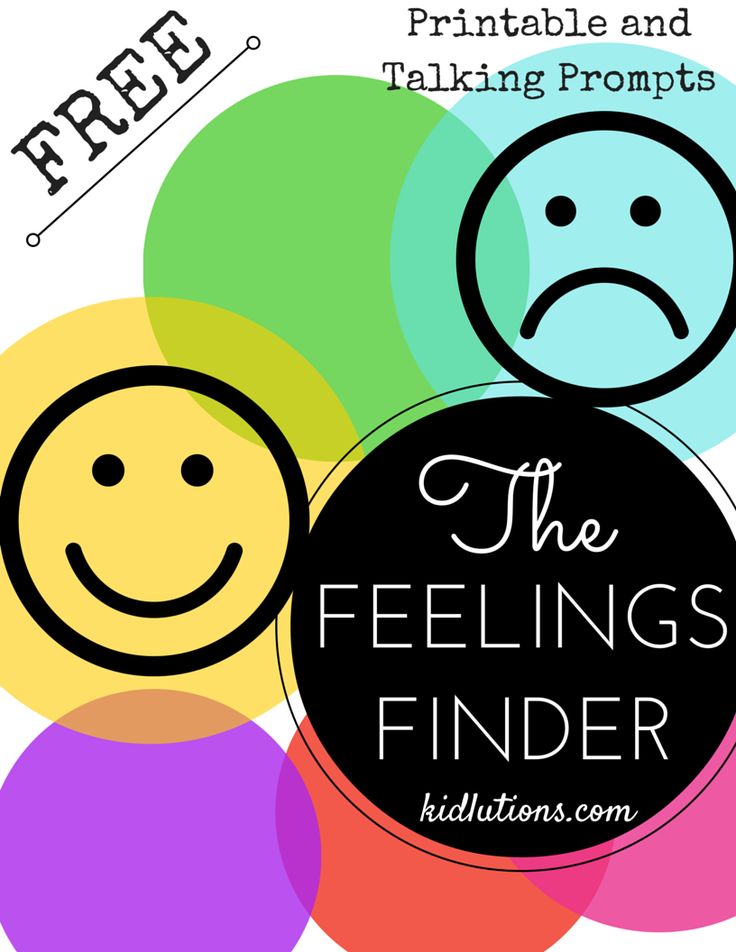 For example, if you don’t feel like going to a museum with your parents at all, you can make a fuss, or you can seriously ask why it is so important for adults to look at paintings and learn something new. The book describes the problems and the successful or unsuccessful ways to solve them with the help of funny comics.
For example, if you don’t feel like going to a museum with your parents at all, you can make a fuss, or you can seriously ask why it is so important for adults to look at paintings and learn something new. The book describes the problems and the successful or unsuccessful ways to solve them with the help of funny comics.
"The ABC of Emotions", Natalia Kedrova
The book of a child psychologist and gestalt therapist is addressed to younger schoolchildren and teenagers who want to know more about how their experiences work, how to understand themselves and other people in shyness, grief, resentment or envy how respect or pride is experienced.
The test is provided with bright illustrations, and the book will be of interest to both adults and children.
Emotion Management Courses
You can play games and read books, or take courses to help your child understand the complex and important topic of emotions with the help of a specialist.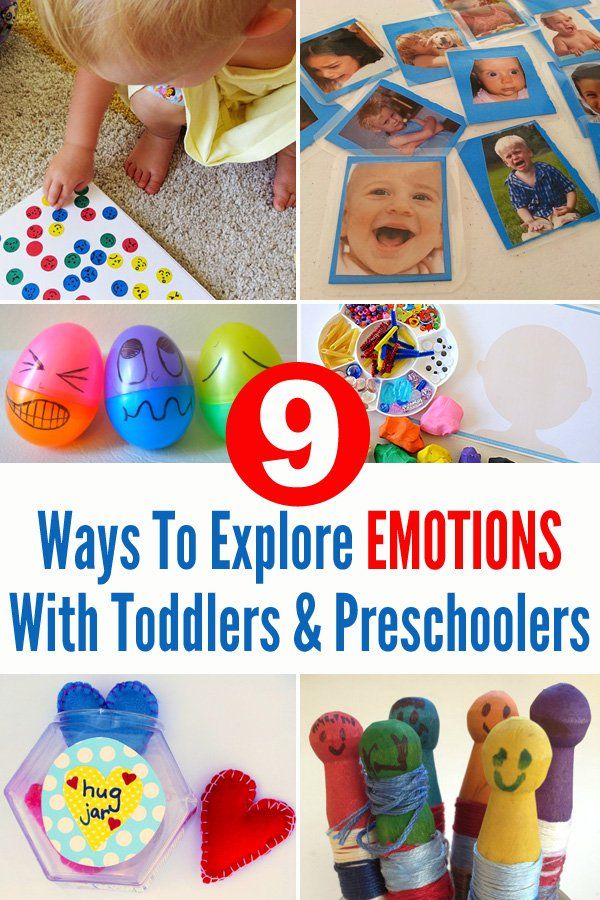
In the center of the K.O.T. there are courses for the youngest - from 6 to 8 years old "I and feelings", where children learn to call emotions by their proper names, understand the emotional state of another person and respond correctly to it.
Courses for schoolchildren "Lord of Emotions", where children learn to really manage emotions, understand the importance of each emotional state and as a result can express themselves and understand others, they significantly develop the level of emotional intelligence.
These classes are held in courses of 2 hours once a week, the duration of the course is 5 weeks. And for the older guys there is an intensive format - 2 days for 5 hours immersion in work with their emotions.
Psychologist's advice on how to help children cope with emotions.
- Support your child.
Let him know with his actions and actions that he is dear and important to you, despite being busy. Praise, but don't overpraise.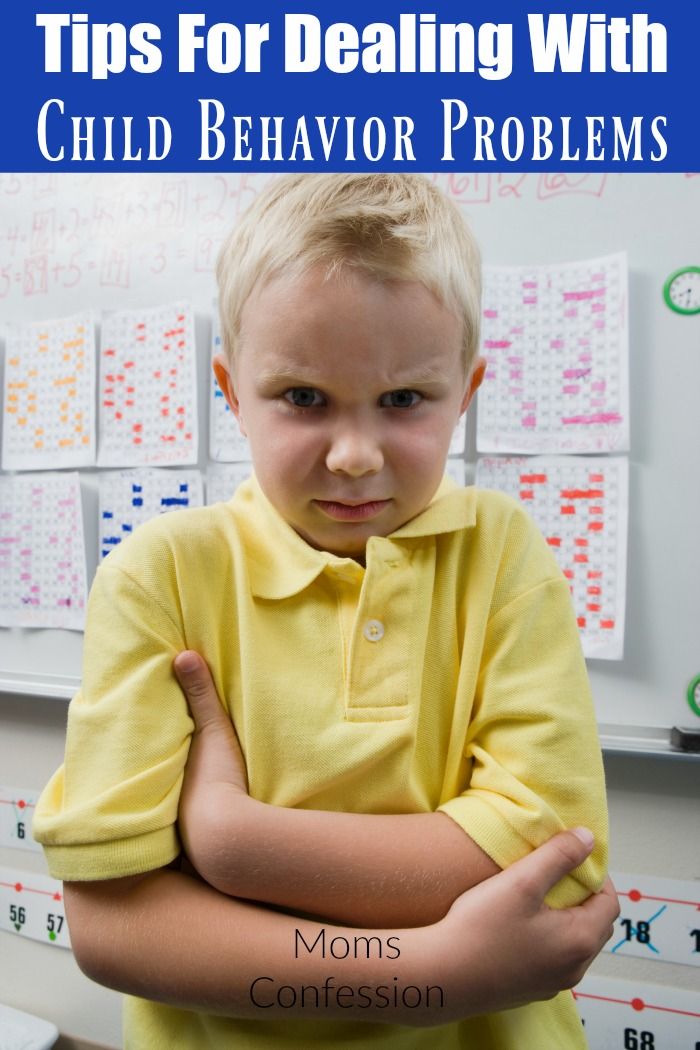
Learn more


